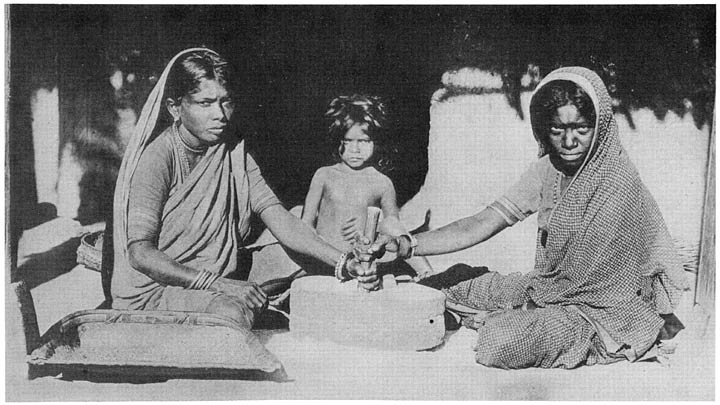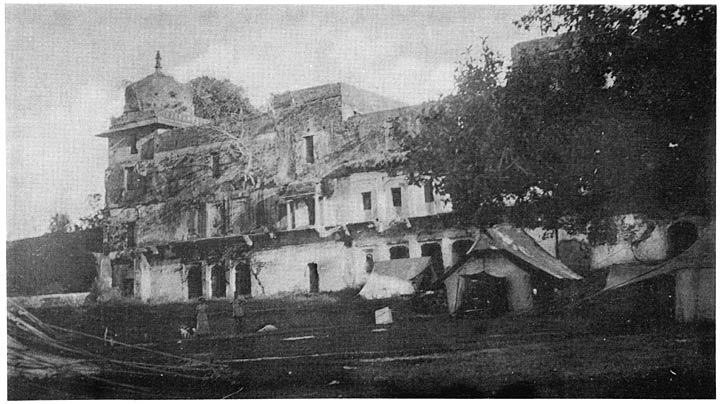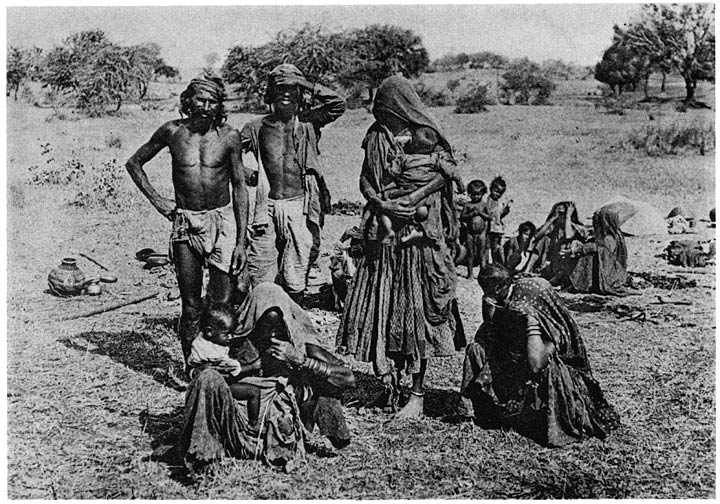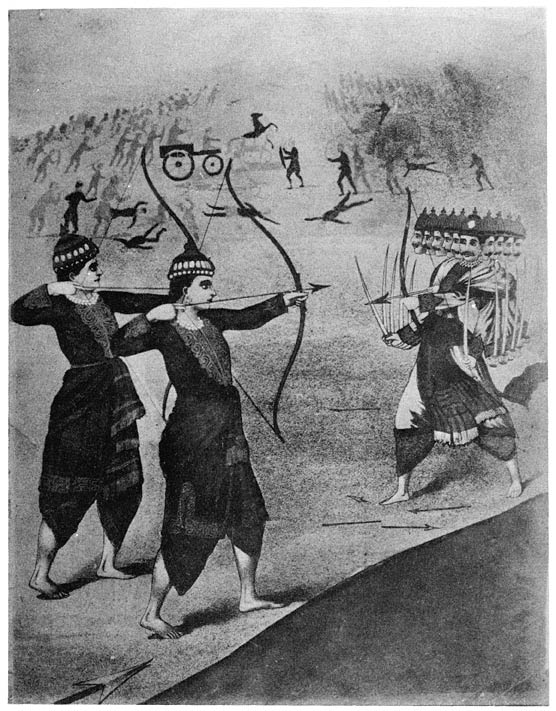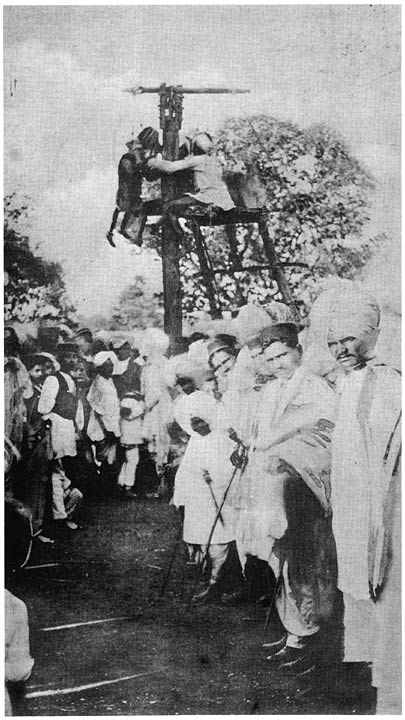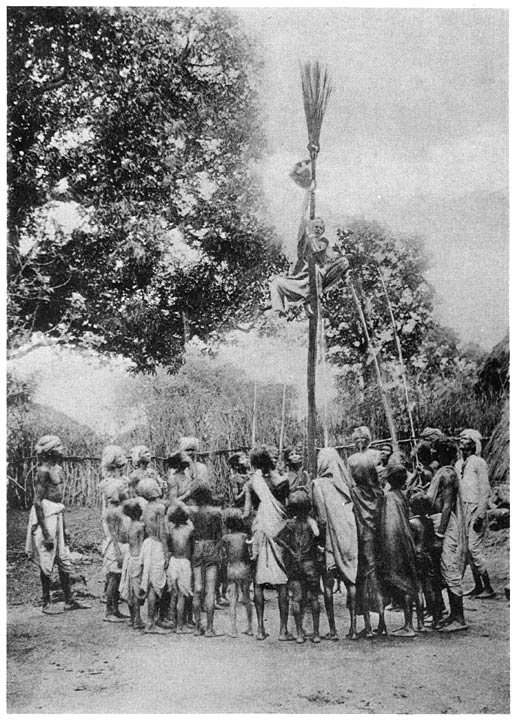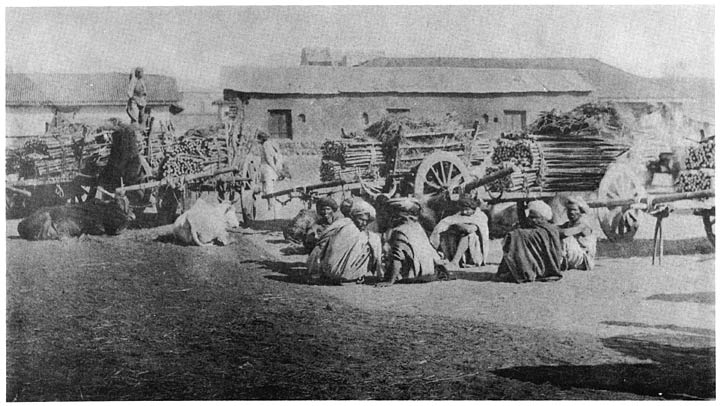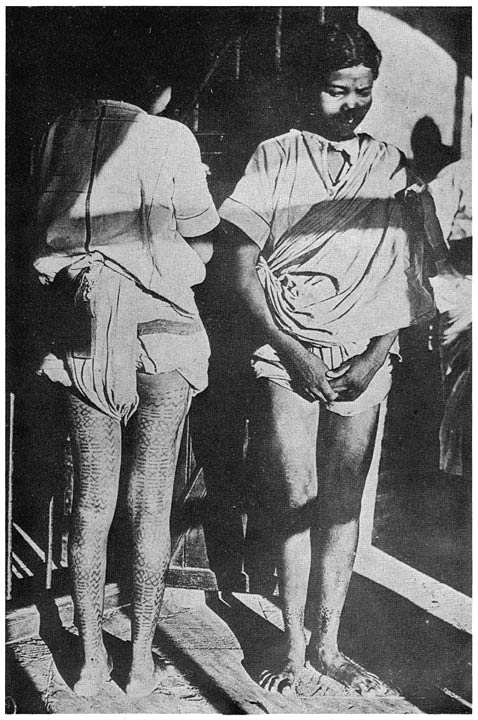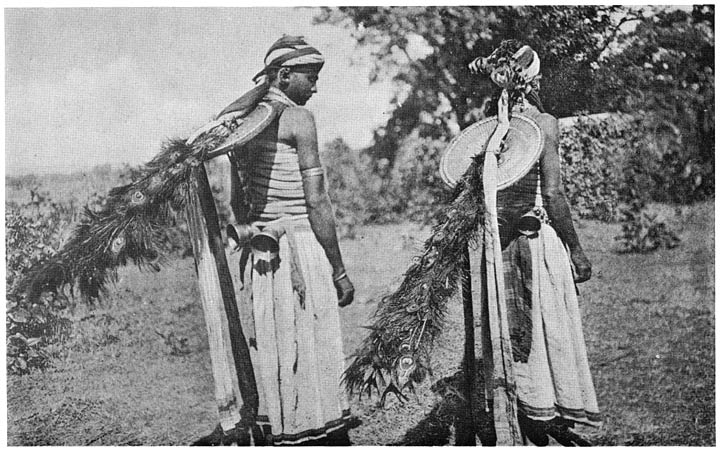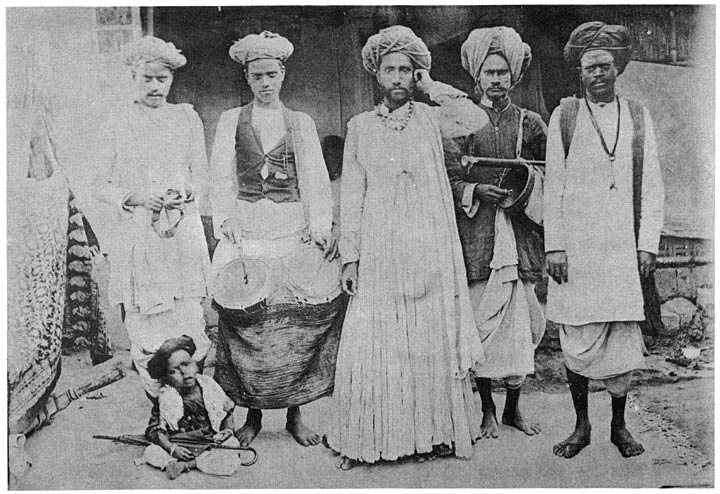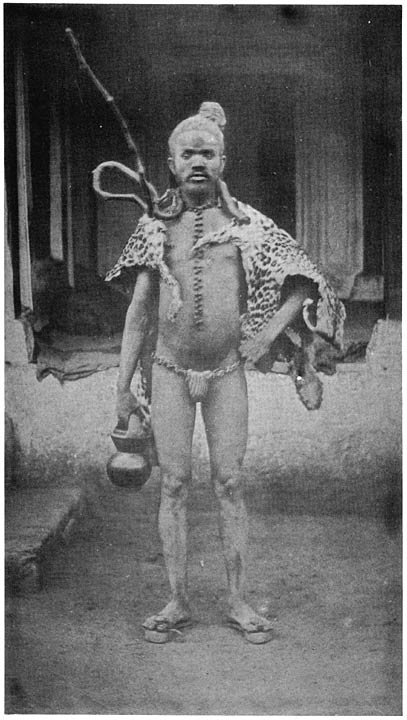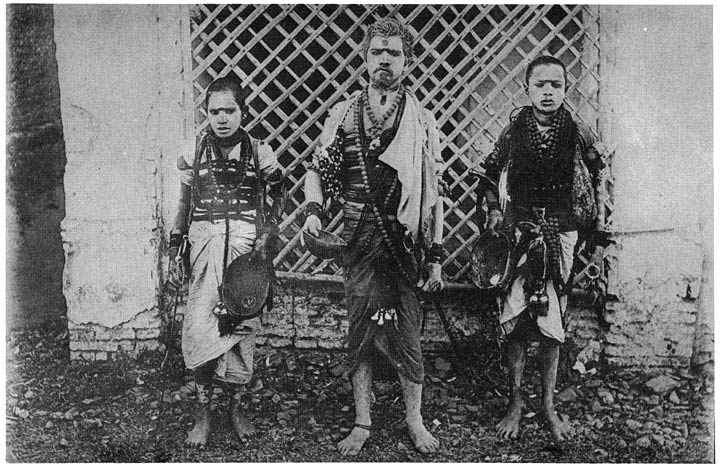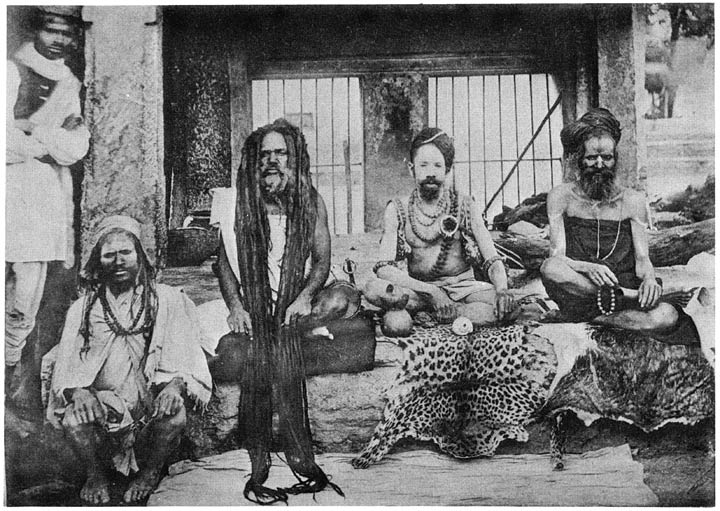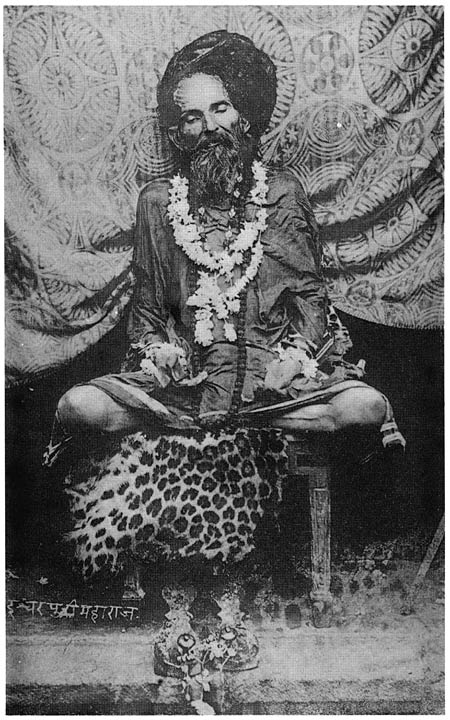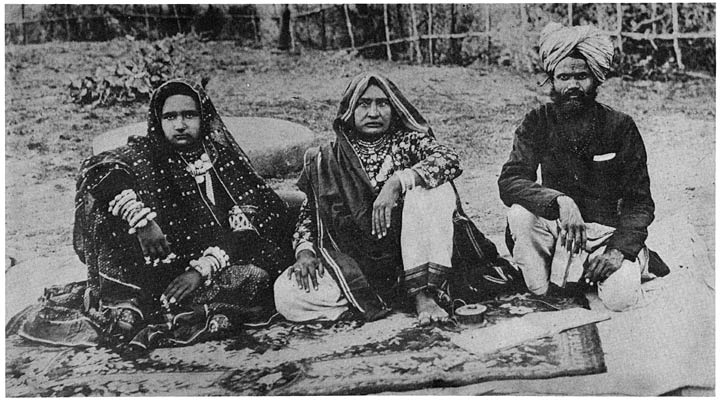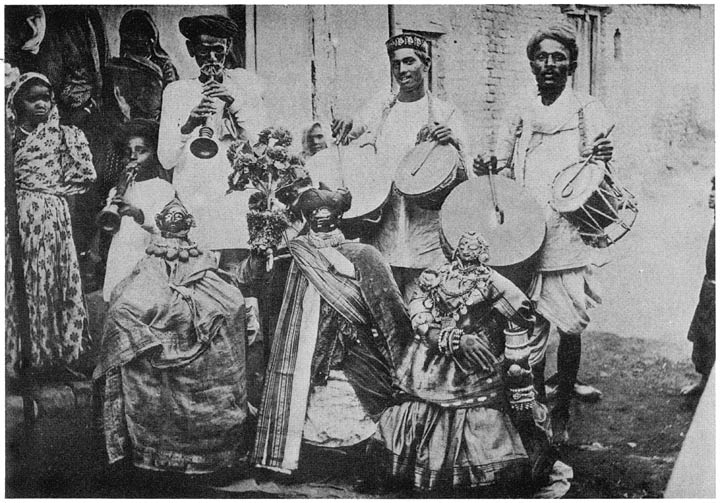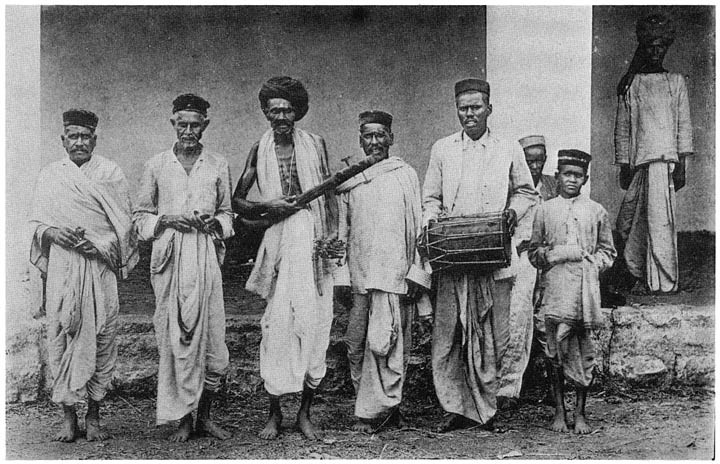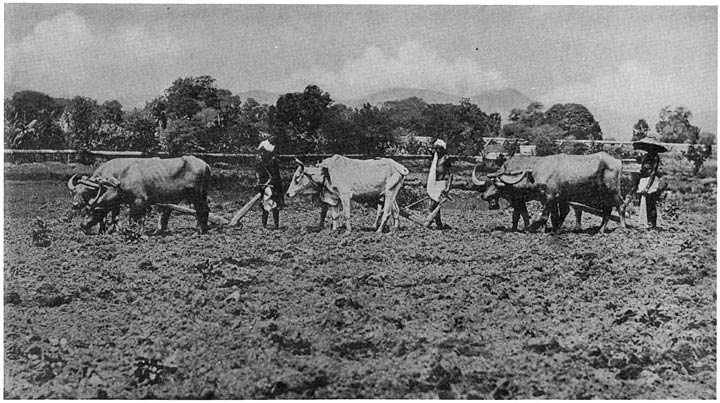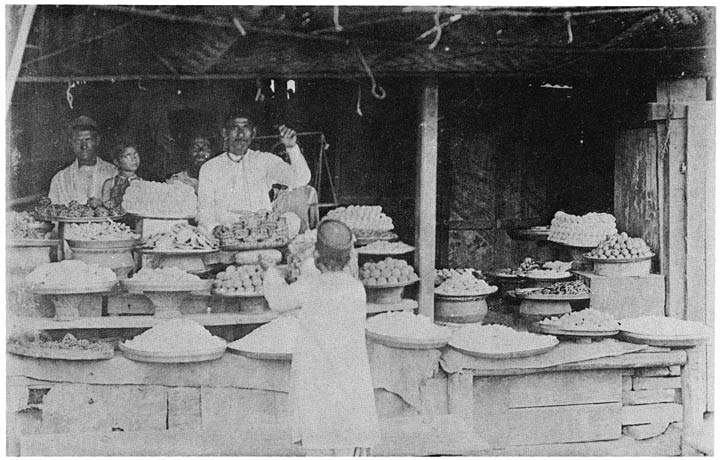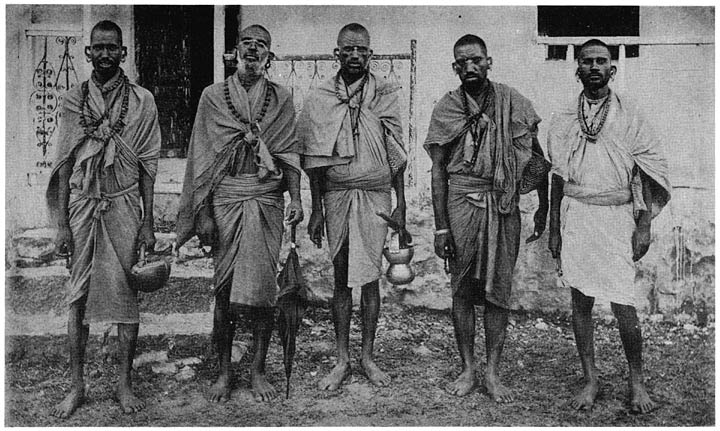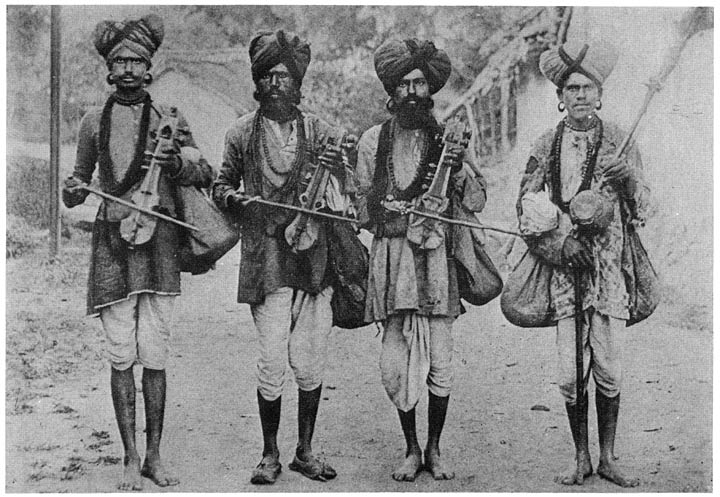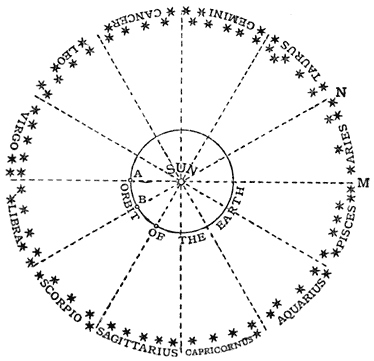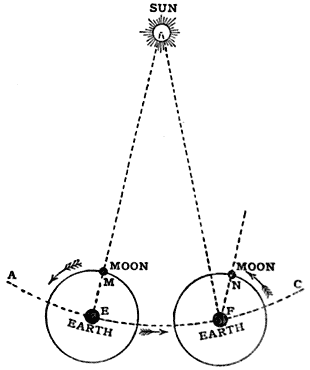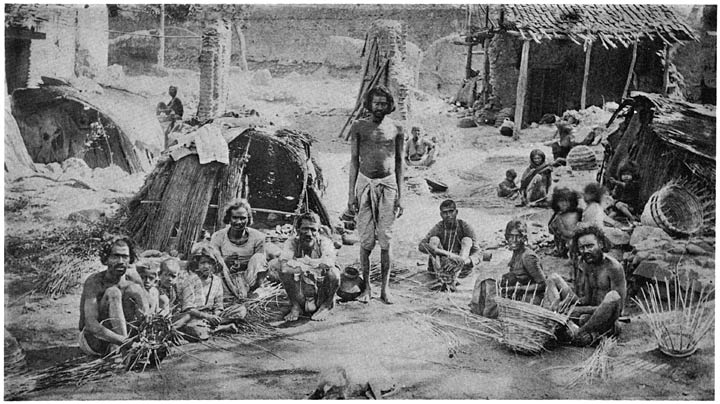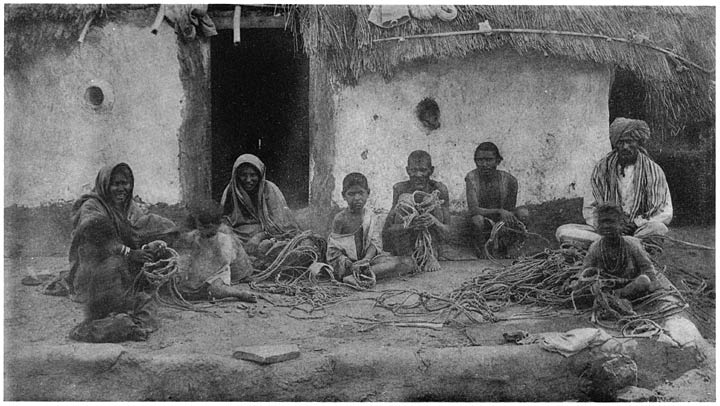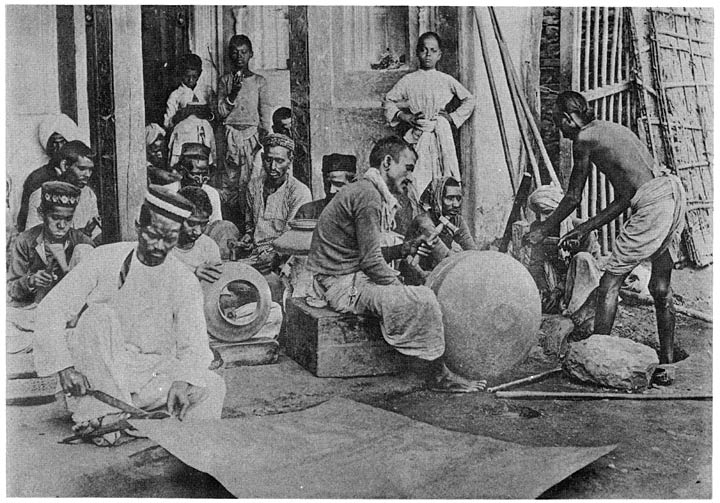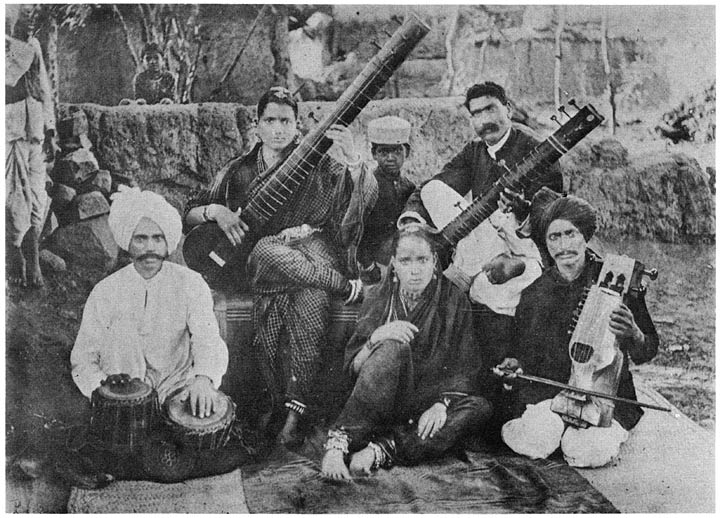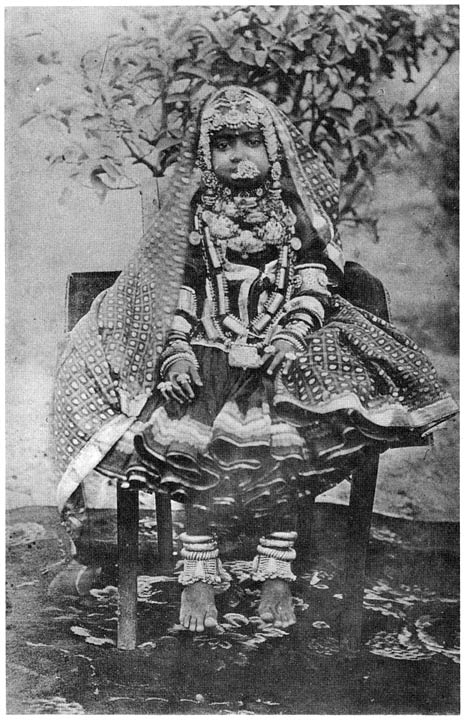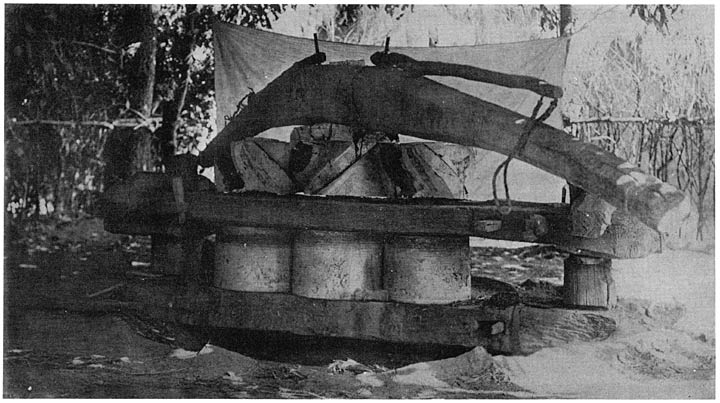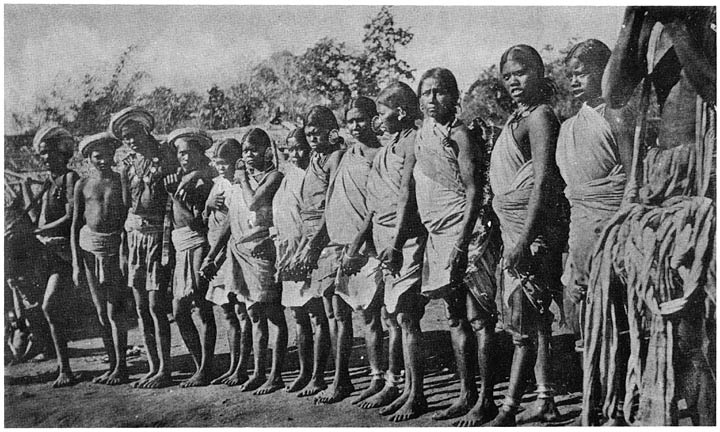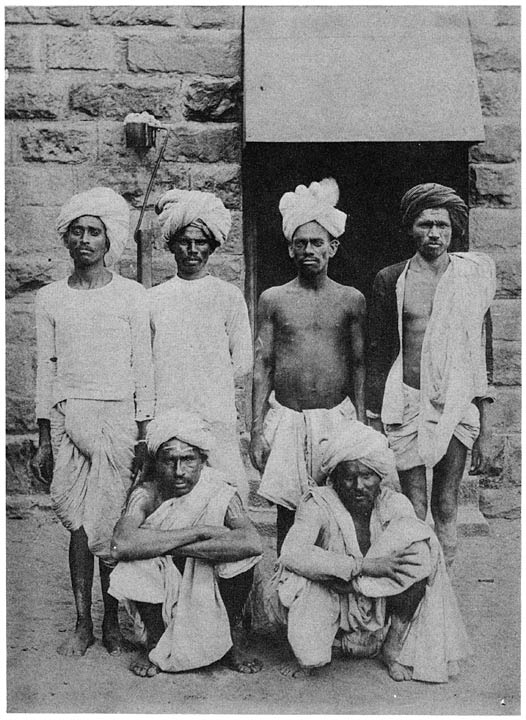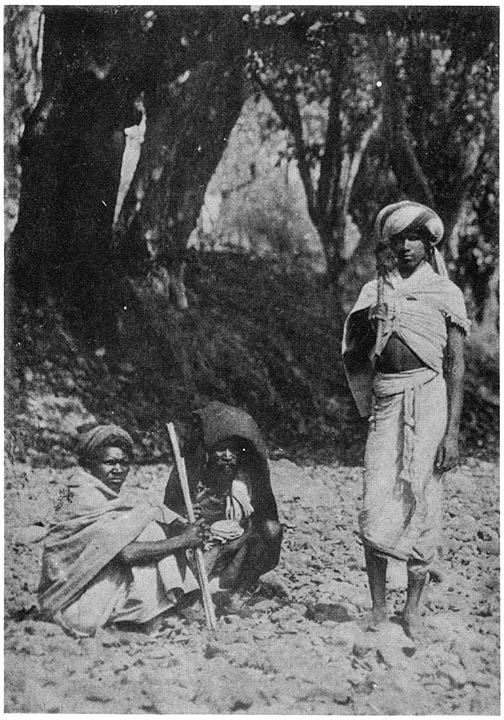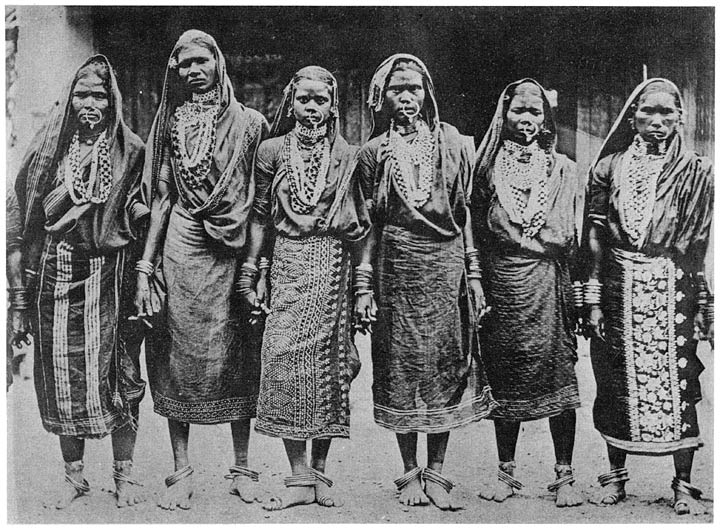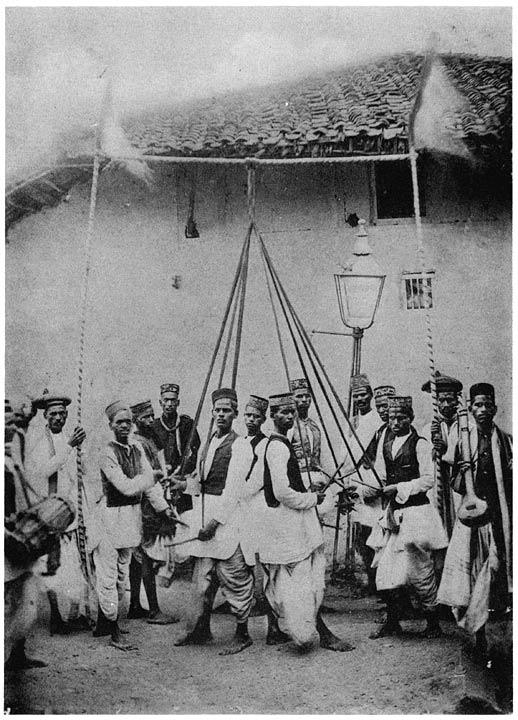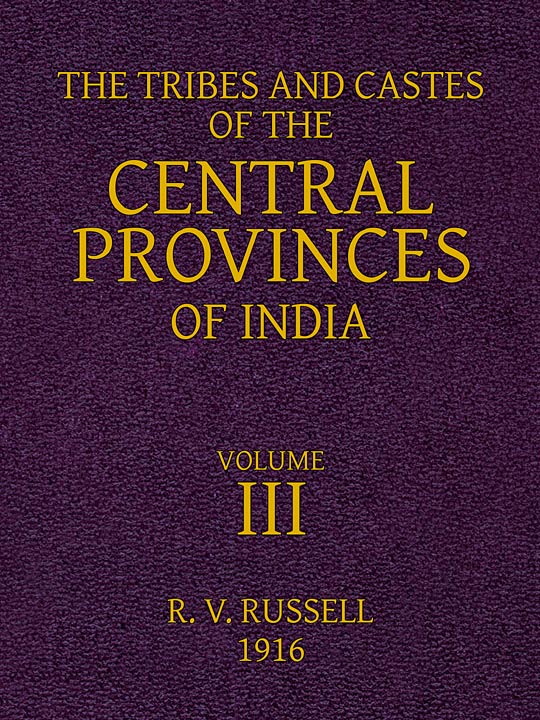
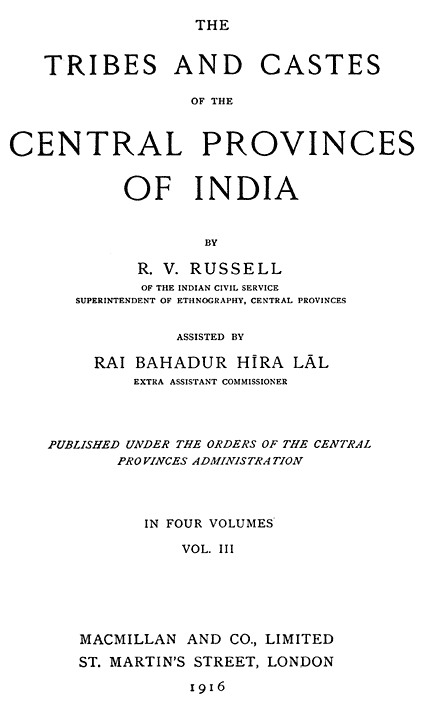
The Tribes and Castes
of the
Central Provinces of India
In Four Volumes
Vol. III.
Macmillan and Co., Limited St. Martin’s Street, London.
1916
[v]
Contents of Volume III
Articles on Castes and Tribes of the Central Provinces in Alphabetical Order
The articles which are considered to be of most general interest are shown in capitals
- Page
- Gadaria (Shepherd) 3
- Gadba (Forest tribe) 9
- Gānda (Weaver and labourer) 14
- Gandhmāli (Uriya village priests and temple servants) 17
- Gārpagāri (Averter of hailstorms) 19
- Gauria (Snake-charmer and juggler) 24
- Ghasia (Grass-cutter) 27
- Ghosi (Buffalo-herdsman) 32
- Golar (Herdsman) 35
- Gond (Forest tribe and cultivator) 39
- Gond-Gowāri (Herdsman) 143
- Gondhali (Religious mendicant) 144
- Gopāl (Vagrant criminal caste) 147
- Gosain (Religious mendicant) 150
- Gowāri (Herdsman) 160
- Gūjar (Cultivator) 166
- Gurao (Village priest) 175
- Halba (Forest tribe, labourer) 182
- Halwai (Confectioner) 201
- Hatkar (Soldier, shepherd) 204
- Hijra (Eunuch, mendicant) 206
- Holia (Labourer, curing hides) 212
- Injhwār (Boatman and fisherman) 213 [vi]
- Jādam (Cultivator) 217
- Jādua (Criminal caste) 219
- Jangam (Priest of the Lingāyat sect) 222
- Jāt (Landowner and cultivator) 225
- Jhādi Telenga (Illegitimate, labourer) 238
- Jogi (Religious mendicant and pedlar) 243
- Joshi (Astrologer and village priest) 255
- Julāha (Weaver) 279
- Kachera (Maker of glass bangles) 281
- Kāchhi (Vegetable-grower) 285
- Kadera (Firework-maker) 288
- Kahār (Palanquin-bearer and household servant) 291
- Kaikāri (Basket-maker and vagrant) 296
- Kalanga (Soldier, cultivator) 302
- Kalār (Liquor vendor) 306
- Kamār (Forest tribe) 323
- Kanjar (Gipsies and prostitutes) 331
- Kāpewār (Cultivator) 342
- Karan (Writer and clerk) 343
- Kasai (Butcher) 346
- Kasār (Worker in brass) 369
- Kasbi (Prostitute) 373
- Katia (Cotton-spinner) 384
- Kawar (Forest tribe and cultivator) 389
- Kāyasth (Village accountant, writer and clerk) 404
- Kewat (Boatman and fisherman) 422
- Khairwār (Forest tribe; boilers of catechu) 427
- Khandait (Soldier, cultivator) 436
- Khangār (Village watchman and labourer) 439
- Kharia (Forest tribe, labourer) 445
- Khatīk (Mutton-butcher) 453
- Khatri (Merchant) 456
- Khojāh (Trader and shopkeeper) 461
- Khond (Forest tribe, cultivator) 464
- Kīr (Cultivator) 481
- Kirār (Cultivator) 485
- Kohli (Cultivator) 493
- Kol (Forest tribe, labourer) 500 [vii]
- Kolām (Forest tribe, cultivator) 520
- Kolhāti (Acrobat) 527
- Koli (Forest tribe, cultivator) 532
- Kolta (Landowner and cultivator) 537
- Komti (Merchant and shopkeeper) 542
- Kori (Weaver and labourer) 545
- Korku (Forest tribe, labourer) 550
- Korwa (Forest tribe, cultivator) 571
- Koshti (Weaver) 581
[ix]
Illustrations in Volume III
- Page
- 65. Gond women grinding corn 42
- 66. Palace of the Gond kings of Garha-Mandla at Rāmnagar 46
- 67. Gonds on a journey 62
- 68. Killing of Rāwan, the demon king of Ceylon, from whom the Gonds are supposed to be descended 114
- 69. Woman about to be swung round the post called Meghnāth 116
- 70. Climbing the pole for a bag of sugar 118
- 71. Gonds with their bamboo carts at market 122
- 72. Gond women, showing tattooing on backs of legs 126
- 73. Māria Gonds in dancing costume 136
- 74. Gondhali musicians and dancers 144
- 75. Gosain mendicant 150
- 76. Alakhwāle Gosains with faces covered with ashes 152
- 77. Gosain mendicants with long hair 154
- 78. Famous Gosain Mahant. Photograph taken after death 156
- 79. Gūjar village proprietress and her land agent 168
- 80. Guraos with figures made at the Holi festival called Gangour 176
- 81. Group of Gurao musicians with their instruments 180
- 82. Ploughing with cows and buffaloes in Chhattīsgarh 182
- 83. Halwai or confectioner’s shop 202
- 84. Jogi mendicants of the Kanphata sect 244
- 85. Jogi musicians with sārangi or fiddle 250
- 86. Kaikaris making baskets 298
- 87. Kanjars making ropes 332
- 88. A group of Kasārs or brass-workers 370
- 89. Dancing girls and musicians 374
- 90. Girl in full dress and ornaments 378 [x]
- 91. Old type of sugarcane mill 494
- 92. Group of Kol women 512
- 93. Group of Kōlams 520
- 94. Korkus of the Melghāt hills 550
- 95. Korku women in full dress 556
- 96. Koshti men dancing a figure, holding strings and beating sticks 582
[xi]
Pronunciation
| a has the sound of | u in but or murmur. |
| ā has the sound of | a in bath or tar. |
| e has the sound of | é in écarté or ai in maid. |
| i has the sound of | i in bit, or (as a final letter) of y in sulky. |
| ī has the sound of | ee in beet. |
| o has the sound of | o in bore or bowl. |
| u has the sound of | u in put or bull. |
| ū has the sound of | oo in poor or boot |
The plural of caste names and a few common Hindustāni words is formed by adding s in the English manner according to ordinary usage, though this is not, of course, the Hindustāni plural.
Note.—The rupee contains 16 annas, and an anna is of the same value as a penny. A pice is a quarter of an anna, or a farthing. Rs. 1–8 signifies one rupee and eight annas. A lakh is a hundred thousand, and a krore ten million. [2]
